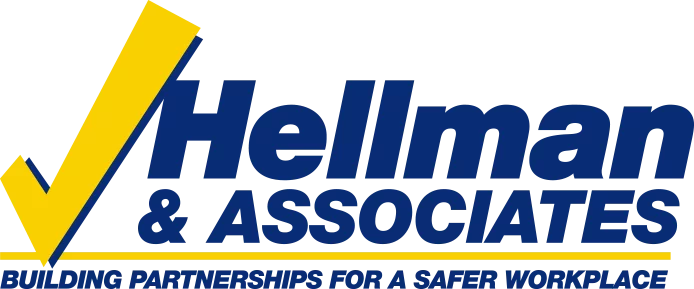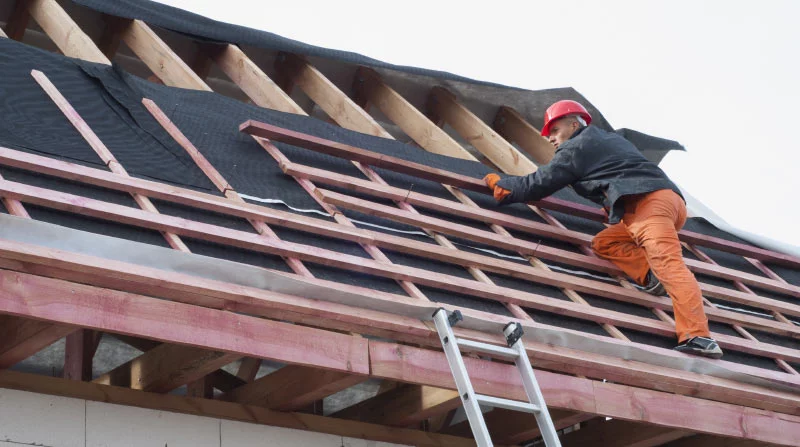If you hire subcontractors, you are liable for their safety.
Under OSHA’s Multi-Employer Citation Policy, “more than one employer may be citable for a hazardous condition that violates an OSHA standard.” Recently, OSHA issued citations and penalties totaling $147,998 to Aspen Contracting Company (Aspen) for exposing employees to dangerous fall hazards—even though they weren’t Aspen’s employees. As the “controlling contractor” on a project where employees of subcontractor J Cuellar were performing work, OSHA concluded that Aspen did not “provide for frequent and regular inspections of the job site… made by competent persons designated by the employer.” For this, OSHA proposed a penalty of $12,195. In addition, because Aspen had been cited previously for lack of fall protection on multiple job sites in multiple states, they were issued a second citation for a repeat offense, which carried a proposed penalty of $129,366.
OSHA’s requirements for fall protection apply to both residential and commercial construction. For most activities, conventional fall protection systems including guard rail systems, personal fall arrest systems, and safety net systems are prescribed. Some activities have additional options, but these are very limited. While OSHA does offer some options for roofing operations that take place on “low slope” roofs (less than a 4:12 pitch), employers must still be familiar with and utilize fall protection systems prescribed in the OSHA standards. These fall protection systems must be used unless the employer can demonstrate they are not feasible or that they create a greater hazard—in which case the employer is still responsible for developing a written fall protection plan that describes why conventional fall protection systems are not feasible and how employees will be protected from falls.
Bottom Line
As a contractor, you are potentially liable for ensuring that your subcontractors’ operations, in addition to your own, are well-managed from a safety perspective. OSHA has exercised this multi-employer citation policy for some time, and although the policy is not codified in the standards and has been challenged from a legal perspective, they have prevailed in many cases.
The best way to protect your company is to conduct frequent and regular site inspections. While OSHA does not define what frequent and regular means, Hellman & Associates encourages controlling contractors to conduct assessments on a frequent enough basis to demonstrate oversight of your subcontractors. This oversight should be documented and subcontractors should be held accountable to contract specifications, including meeting OSHA standards. Accountability can take many forms, but you must be able to demonstrate that you have taken action when subcontractors are not meeting expectations.
Compliance with the fall protection requirements established by OSHA in 29 CFR 1926, Subpart M can be difficult – especially for small contractors who do not employ experienced safety personnel.
If you have questions about how to meet OSHA’s fall protection requirements or how you might reduce liability with regard to your subcontractors, please contact us at 303.384.9828 or email blewis@ehscompliance.com.

